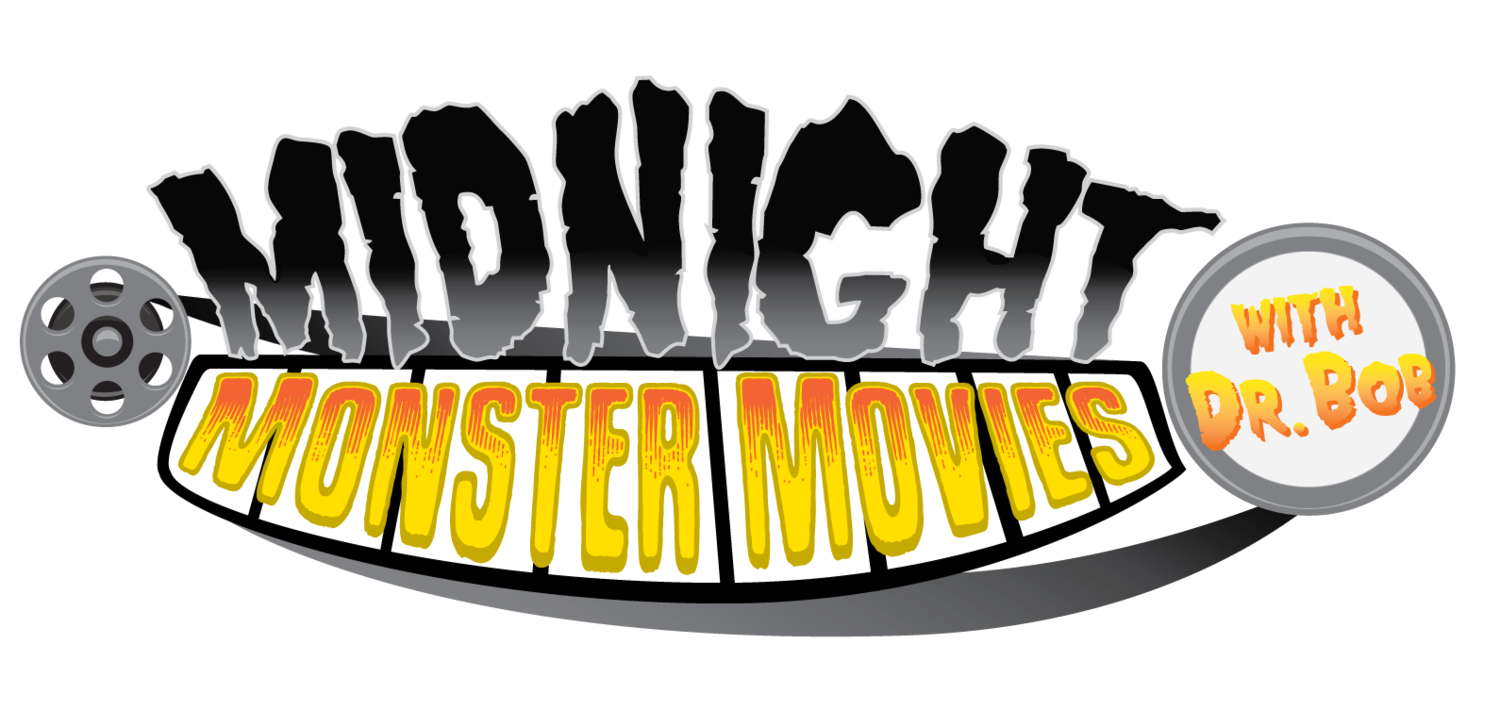Shin Godzilla and the Rebirth of a Disaster Icon
In October 2016, I had the chance to see Shin Godzilla - the most recent Toho entry into the famous franchise - at the Gateway Film Center. I’d heard all kinds of hype surrounding the movie; but, I couldn’t quite dismiss the nagging sense of trepidation as I entered the theater. The last Godzilla film I’d seen, Gareth Edwards’ 2014 reboot, had been a lackluster (albeit technically marvelous) treatment of the Godzilla films most fans know and love: human drama took center-stage, and the monsters were characters with drive. I was resigned to more of the same.
Let’s chat for a moment: what is it that makes the original 1954 Godzilla stand apart from its sequels? I reference the human drama as a key element in the franchise; and, to be sure, Emiko and Ogata’s romance in the film is no small part. However, subsequent films use character romances as a device to give audiences an emotional hook. In Godzilla, the emotional hook isn’t the romance, but the impending, and seemingly unstoppable, destruction by a force the Japanese cannot control. And, in 1954 this was especially resonant—WWII having ended nine years prior, and Allied Occupation having ended only two years earlier, in 1952.
Godzilla, the monster, was just that: a monster. Even more importantly, it is believed to have been created by Japanese nuclear testing, and this lent a sense of cultural ownership to the creature’s destruction. While Japanese ingenuity is the ultimate end of Godzilla, the secrets of the weapon die with it, and Japan is relieved of the burden of arms superiority. The movie ends with Yamane’s belief that, if this sort of testing continues, another monster may rise to take its place. This message, and Godzilla’s symbolism as a reckoning for cultural hubris, create a powerful message against a once-militarized government and the devastation left in its wake.
In the six decades following the surprising success of Godzilla, the kaiju instead became a cultural icon: defender of the nation and all around good guy. Kaiju (giant monster) films became a genre unto themselves and the franchise incorporated other aspects of popular culture such as mecha (robot) and sentai (elite taskforce) to fill out a revolving cast of creatures, government agencies, and possible threats for Godzilla to overcome. The difference in these movies was always that Godzilla would save Japan (or the world) from an invading force and quietly disappear into the night. Godzilla was an ally, a set piece, something audiences could count on to save the day while they watched the human drama unfold and romance blossom. Moreover, each film was its own contained disaster that was resolved in the final minutes with no lingering warning of destruction to come.
Shin Godzilla stands in stark contrast to these films. The human drama is largely political—an interim government set up to deal with the threat posed by Godzilla (a creature theorized to have evolved due to radioactive contamination), infighting and indecision among aging government officials, and the massive undertaking of evacuating entire cities to mitigate civilian casualty. Godzilla itself is seemingly without purpose, progressing inland over the course of the film. And, any military retaliation is taken only as a penultimate, and unsuccessful, attempt to rebuff the monster. Ultimately, Godzilla is subdued not through arms-might but scientific ingenuity.
In this film, Godzilla is once again symbolic of cultural failures (potentially alluding to the government’s mishandling of a nuclear powerplant disaster in 2012) and the need to triumph through technological advancement. It is an indictment of the old guard in Japanese government, incapable of making decisions while trying to protect their own interests. Furthermore, the movie ends on a somber note of the potential for more destruction to come, setting it up for a sequel.
As I left the theater, I was once again in awe of a devastating force: of nature? Of cultural hubris? Maybe mostly of the rebirth of a disaster icon. Godzilla was no longer a hokey man in a rubber suit, delivering a flying kick to another monster-of-the-week while Jet Jaguar passively watched on. It was something we created and only we had the power to stop. And, I know I will be there in a theater seat, waiting for the monster to rise again and prove what it is humanity has wrought.
